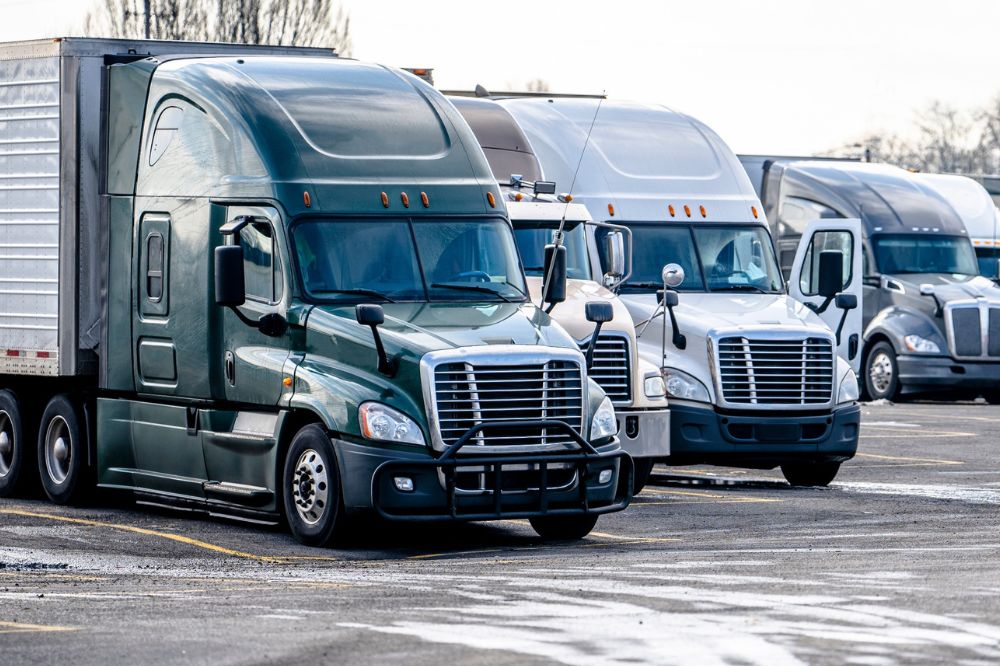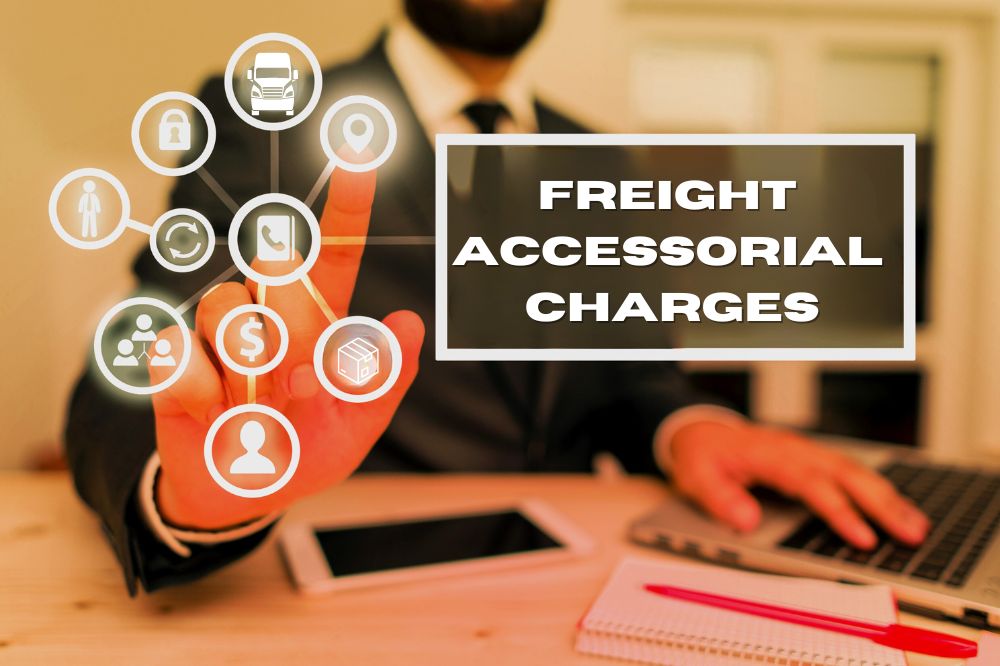
Managing a small fleet comes with plenty of daily challenges, from high costs to keeping operations running smoothly.
But with the right strategies, fleet operators can overcome these hurdles and make the most of their limited fleet.
To help you work smarter as a small fleet manager, let’s explore the key financial and logistical challenges small fleets face. We’ll also dig into some practical solutions to improve efficiency, reduce costs, and set your fleet up for long-term success.
Operational Challenges of Small Fleets
Fleet management comes with a range of daily challenges. Here are some of the major fleet operations issues that a fleet manager deals with daily.
Managing Drivers
Managing drivers in a small fleet involves closely monitoring their behavior, keeping compliance with safety regulations, and providing continuous training.
Using telematics and GPS systems helps track driving behavior, providing data for targeted coaching. Regular training sessions can also help reinforce safe driving practices and improve overall performance in driving fleet vehicles.
Driver Retention
Retaining skilled drivers is always an enormous challenge for a fleet manager because of high turnover rates and a competitive market.
Small businesses can’t always match the pay and benefits of larger companies, which makes driver retention even more difficult.
Vehicle Maintenance
For smaller fleets, the breakdown of even a single vehicle can cause serious disruptions.
Keeping a consistent maintenance schedule is vital for any fleet manager to prevent unexpected downtime. Fleet maintenance software can automate maintenance reminders, ensuring that routine inspections and repairs aren’t overlooked.
Educating drivers about the importance of pre-trip inspections and focusing on preventive maintenance schedules is essential for identifying and addressing potential issues early.
Cost Constraints
Operating a small fleet on a tight budget makes it tricky to balance expenses like fuel, maintenance, and driver salaries.
Fluctuating fuel prices add to the financial strain. So, implementing fuel-saving strategies, like optimizing routes and reducing idle time, can significantly cut fleet management costs.
Investing in affordable fleet management software is also a great way to streamline operations and highlight areas for potential savings.

Regulatory Compliance
Small business fleet management involves navigating a complex landscape of local, state, and federal regulations to avoid fines and legal issues.
Keeping up with changing rules can be challenging for smaller operations with limited resources. You need to stay informed about regulatory updates and maintain detailed records of vehicle inspections, driver logs, and maintenance activities.
Using fleet management software with compliance features simplifies the process by tracking hours of service, vehicle inspections, and driver certifications.
Financial Challenges
Of course, one of the most difficult areas of fleet management is dealing with the various financial challenges involved in running a fleet.
Capital Investment
Operating a fleet requires plenty of investment in vehicles, maintenance, and operational needs.
Small fleet owners need to budget carefully and adopt cost-saving strategies to manage these upfront costs.
Financing
Access to financing is crucial for spreading the cost of acquiring and maintaining vehicles.
Small fleets should explore various financing options, such as loans, leases, and grants, to find the best fit for their financial situation.
This is important for managing cash flow and keeping operations running smoothly without tying up too much capital.
Fuel Costs
Fuel is one of the biggest and most unpredictable expenses for fleets. It plays a large role in any fleet’s overall profitability.
Fleet managers need to monitor fuel trends and implement fuel-efficient practices and technologies to mitigate the rising fuel costs.
Insurance Costs
Small fleets often face higher insurance premiums per vehicle.
Prioritizing safety through driver training, tracking, and safe driving incentives can reduce accidents, which leads to lower insurance premiums. Regularly reviewing insurance policies and shopping around for the best rates can also help to manage these costs.

Logistical Challenges of Small Fleets
As a fleet manager, you need to operate efficiently to remain competitive. Here are two key logistical challenges you face in this department.
Fleet Maintenance
Keeping vehicles in good condition is essential to avoid unexpected breakdowns and maintain smooth operations.
Small fleet managers need to establish a strict maintenance schedule and use tools like maintenance software to track vehicle health. Educating drivers on pre-trip inspections can also help catch issues early, preventing costly repairs and extended downtime.
Dispatch and Communication
Efficient dispatch and clear communication are critical for keeping operations running smoothly.
Small fleets often struggle with limited resources for real-time tracking and communication. Without proper tools, it can be difficult to monitor vehicle locations, optimize routes, and respond to unexpected issues like traffic or breakdowns.
Investing in dispatch software with GPS tracking helps fleet managers stay connected with drivers, providing them with real-time updates and route adjustments.
The Importance of Efficient Fleet Management
Efficient fleet management is key to running a successful small fleet operation. It helps reduce costs, improve productivity, and increase profits.
By optimizing routes and schedules, fleets can save on fuel and maintenance expenses. Proper fleet management also ensures vehicles are well-maintained, reducing the risk of breakdowns and expensive downtime.
Good fleet management helps small trucking businesses meet their delivery deadlines, which boosts customer satisfaction and leads to more business.

Overcoming Small Fleet Challenges
Small fleets face unique challenges, like having limited resources and higher costs per vehicle. However, these challenges can be overcome with smart strategies.
Using technology like fleet management software and GPS tracking helps streamline operations and improve communication. Implementing cost-saving measures, such as fuel-efficient driving practices and regular maintenance, reduces expenses.
Investing in driver training and safety programs can lower insurance costs and improve fleet performance.
By addressing these challenges head-on, small fleets can operate more efficiently and compete more effectively in the market.
Final Thoughts
Running a small fleet can be tough, but overcoming fleet management challenges is possible with smart strategies and the right support. Efficient management and a focus on cost-saving can boost your fleet’s success, no matter how many vehicles you’ve got.
If you’re looking for flexible financing to grow or maintain your fleet, get in touch with us at Mission Financial Services. We offer the most convenient truck financing solutions to keep your business moving forward.
























